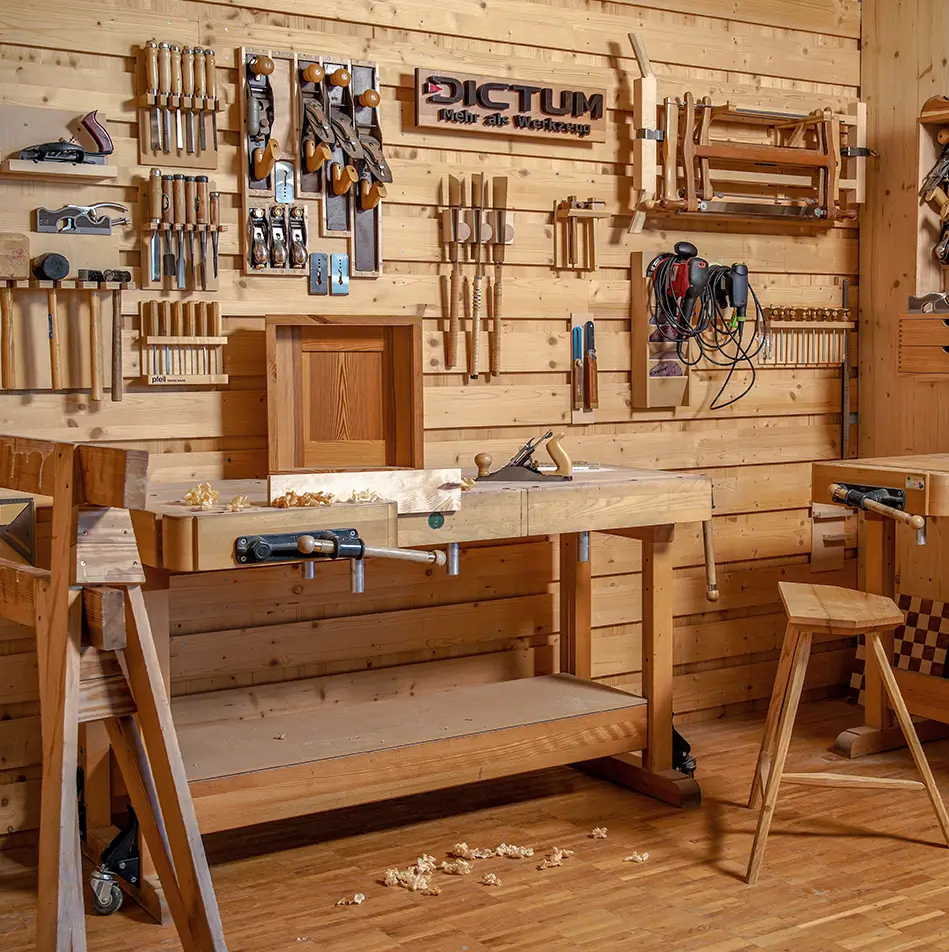
Sharpening
- Tools
- Power tools
- Knives
- Garden
- Surfaces
- Instrument making
- Materials
- Hunting
-
Sharpening
- Grinding stones
- Naniwa sharpening stones
- Shapton sharpening stones
- Suehiro sharpening stones
- King sharpening stones
- DMT sharpening stones
- Sharpening stone sets
- Trueing blocks / trueing stones
- Sharpening stone holders / pads
- Leather strops
- Polishing pastes
- Silicon carbide powder / abrasive paper
- Customised hones
- Quick sharpeners
- Sharpening jigs
- Grinding aids
- Tool & knife sharpening systems
- Sharpening sets
- Sharpening machines
- Bench polishers
- Polishing wheels
- Rust removers / rust inhibitors
- Cutting edge inspection / sharpness tester
- Saw-set pliers & sharpening devices for saws
- Sharpening devices for drill bits
- Sharpening devices for razors
- Sharpening devices for scythes
- Sharpening devices for garden tools
- Books
- Arts and crafts
- Workshops
- NEW
- %
Sharpening
EXPERT KNOWLEDGE SHARPENING TOOLS
Why do tools have to be sharp?
Sharp tools are essential for precise and safe working. Sharp blades make it easier to process the material and require less force. As a result, cuts can be better controlled, which ensures increased safety. At the same time, more precise work is possible.
What is sharpness?
Sharpness is the intersection of two surfaces of a blade, either between two bevelled surfaces or between the bevel and the mirror surface.
With a blunt edge, the two surfaces no longer meet precisely in a line, but form a rounded surface that is often visible as a reflection of light.
During the sharpening process, enough material is removed from the bevelled surfaces so that they meet again in a sharp cutting line. This can be achieved with various sharpening tools such as waterstones, diamond plates or Sharpening machines.
Why is it useful to learn how to sharpen your tools?
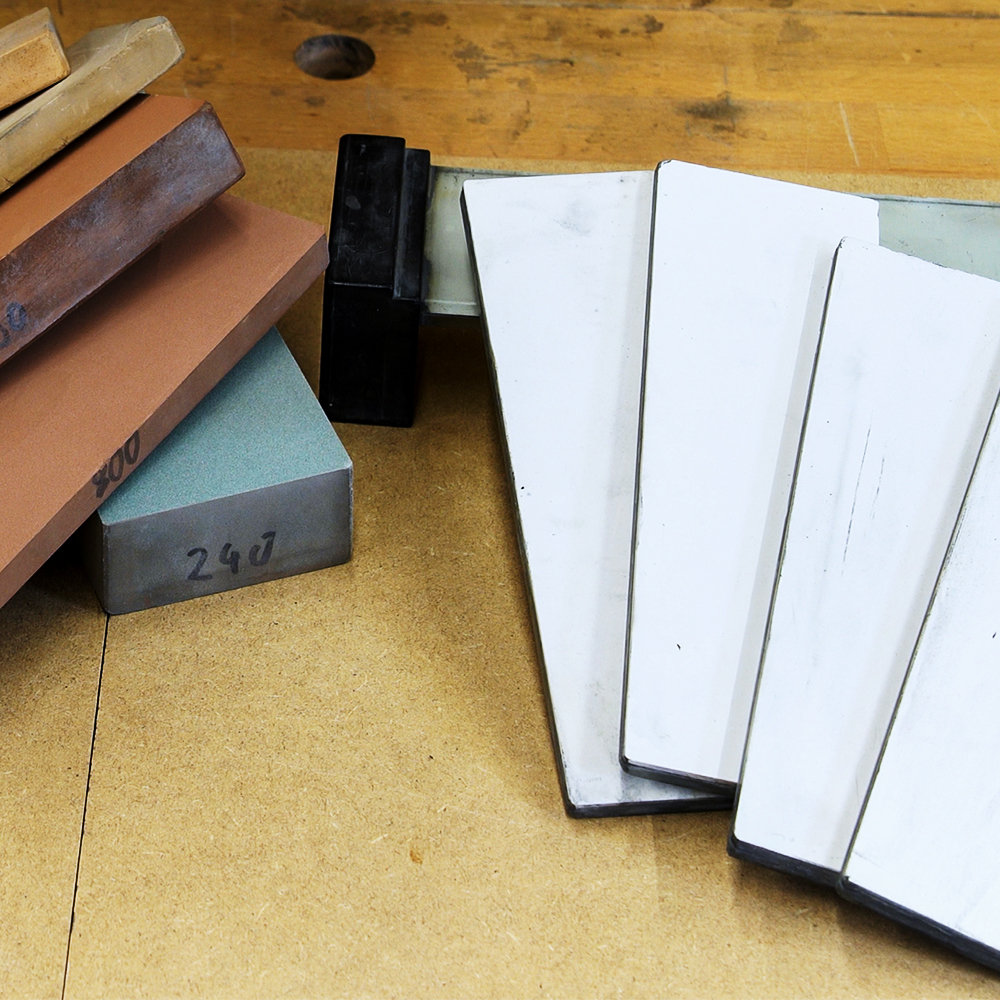
Tools that are always ready for use: With regular, light maintenance sharpening, the tool always remains sharp and ready for immediate use.
Longer service life: Regular resharpening prevents too much material having to be removed when the blade becomes blunt. This increases the service life of the tools.
Explanation of the term Sharpening tools
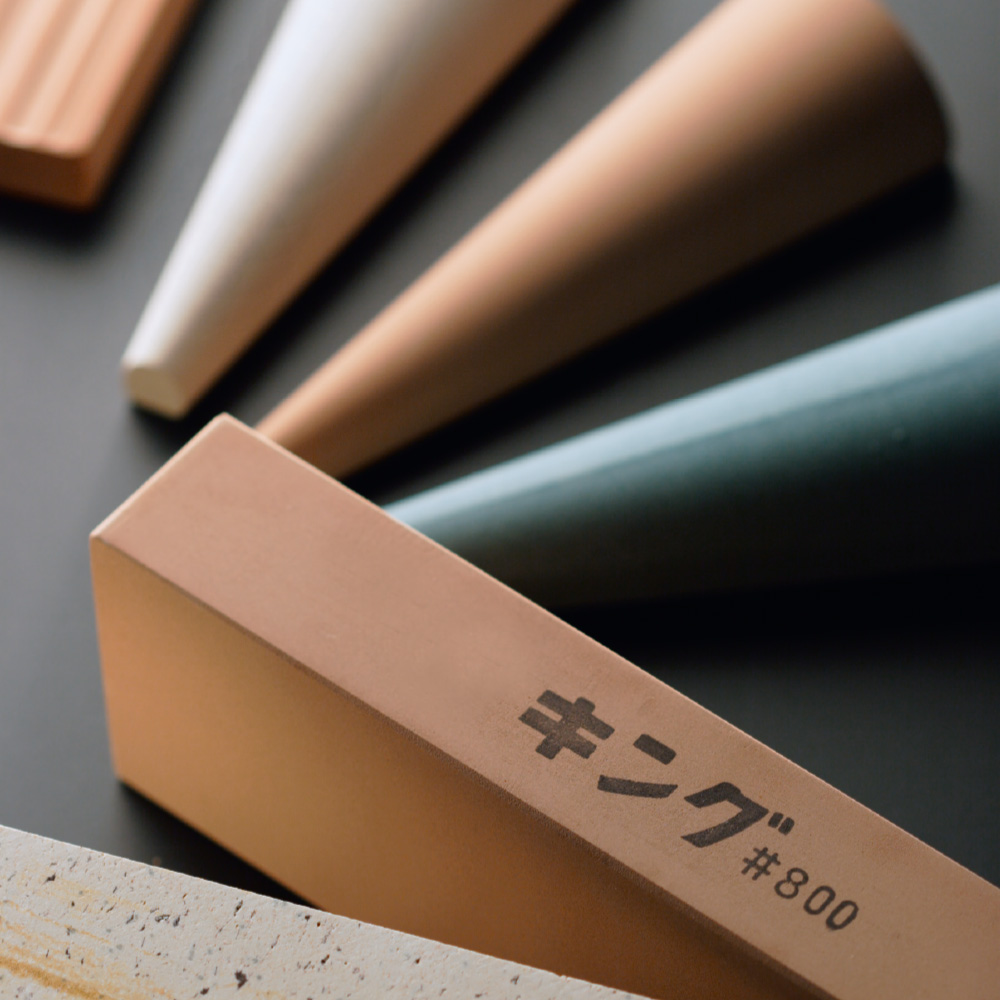
Sharpening stones / Grinding stones
Grinding stones are used to sharpen blades by hand. They are available in different Grits, from coarse grinding to fine grinding. Grinding stones are the traditional way of sharpening blades. Specialised Abrasive paper sandpaper can also be used for sharpening, as long as it is placed on a flat base, e.g. with the Scary Sharp sharpening technique, for which we stock special superfinishing films from 3M.
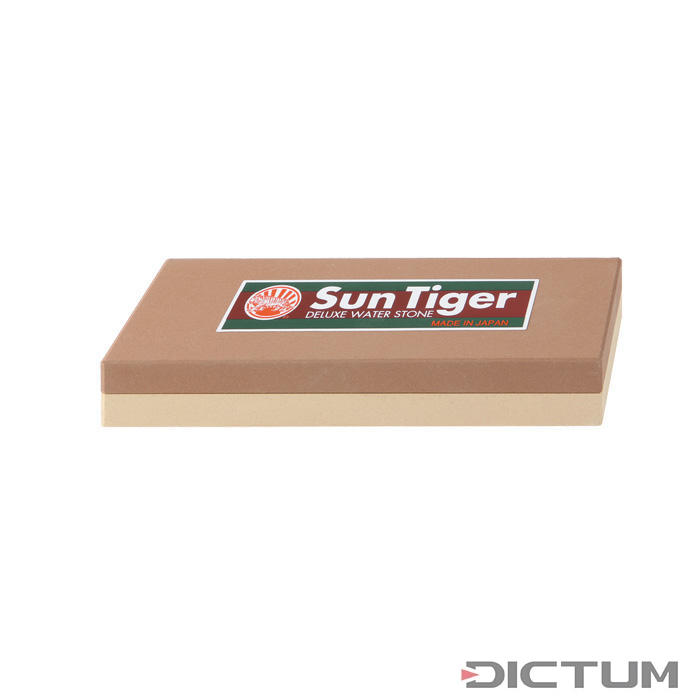
Japanese sharpening stones
Japanese sharpening stones are particularly popular because they are manufactured using high-quality abrasive materials and are available in a wide range of grits. Japanese sharpening stones are usually water stones. They are either soaked in water for a few minutes before use or simply sprayed with water (splash and go). Well-known brands/manufacturers are King, Naniwa, Shapton and Suehiro.
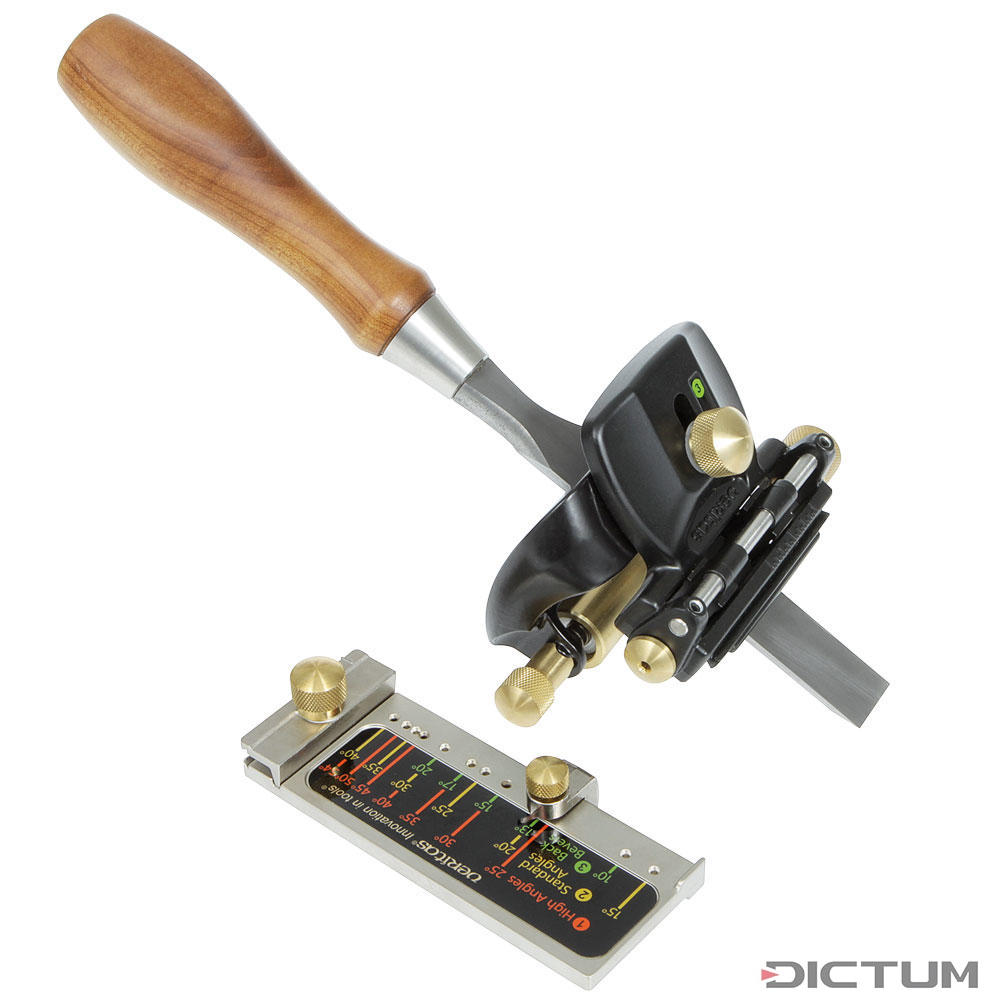
Sharpening jigs
In order to maintain the correct Angle on the stone, it is advisable to use guides. When selecting, it is important to check the maximum tool width or thickness that can be clamped with the guide. See DICTUM specifications in millimetres (mm).
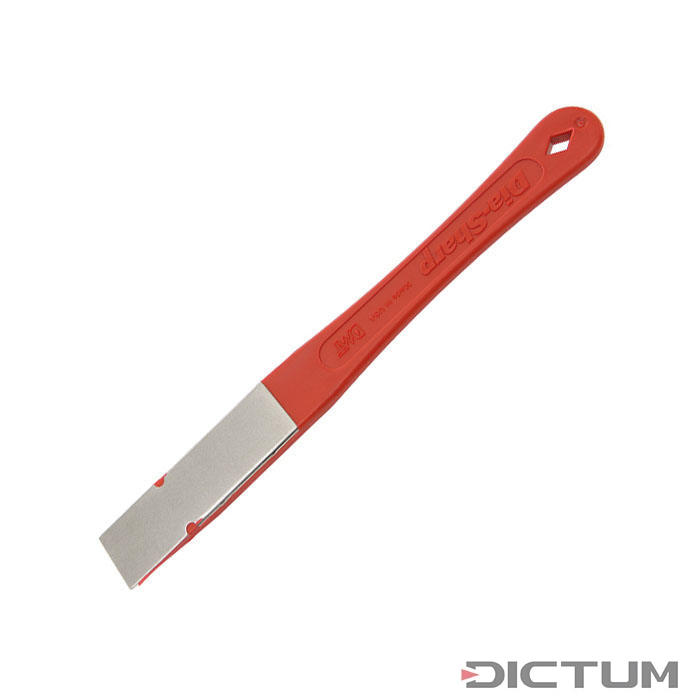
Slipstones shaped stones and Customised hones
Slipstones shaped stones and Customised hones are particularly suitable for tools with complex cutting edge profiles such as pruning shears, milling cutters, etc. - e.g. DMT Dia Sharp Mini Hone, fine.
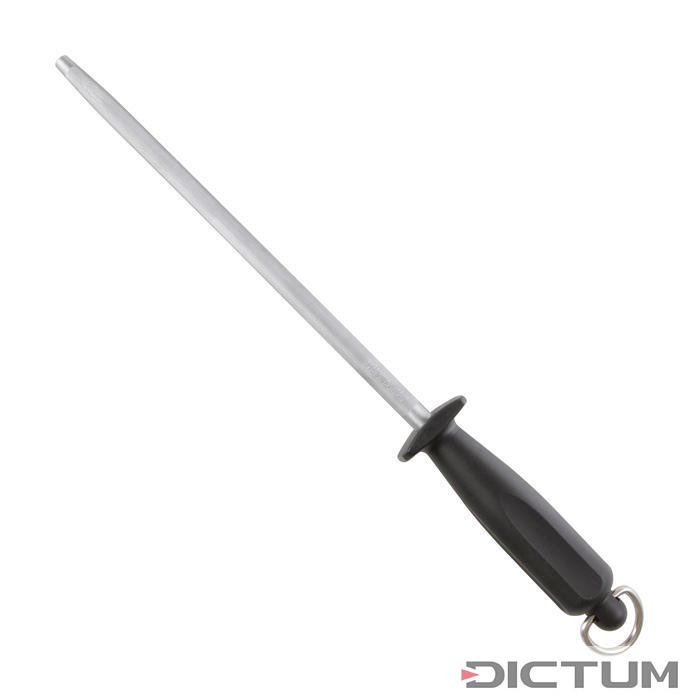
Quick sharpeners / Burnishers
Quick sharpeners, Knife sharpeners and Burnishers are designed for quick and easy maintenance of the cutting edge between sharpening processes. Burnishers are often used in the kitchen to straighten the burr that has formed on the knife edge. Quick sharpeners and Knife sharpeners often have ceramic or diamond sharpening surfaces that sharpen the blade in just a few strokes. However, the finish is not as fine as after sharpening with water stones.
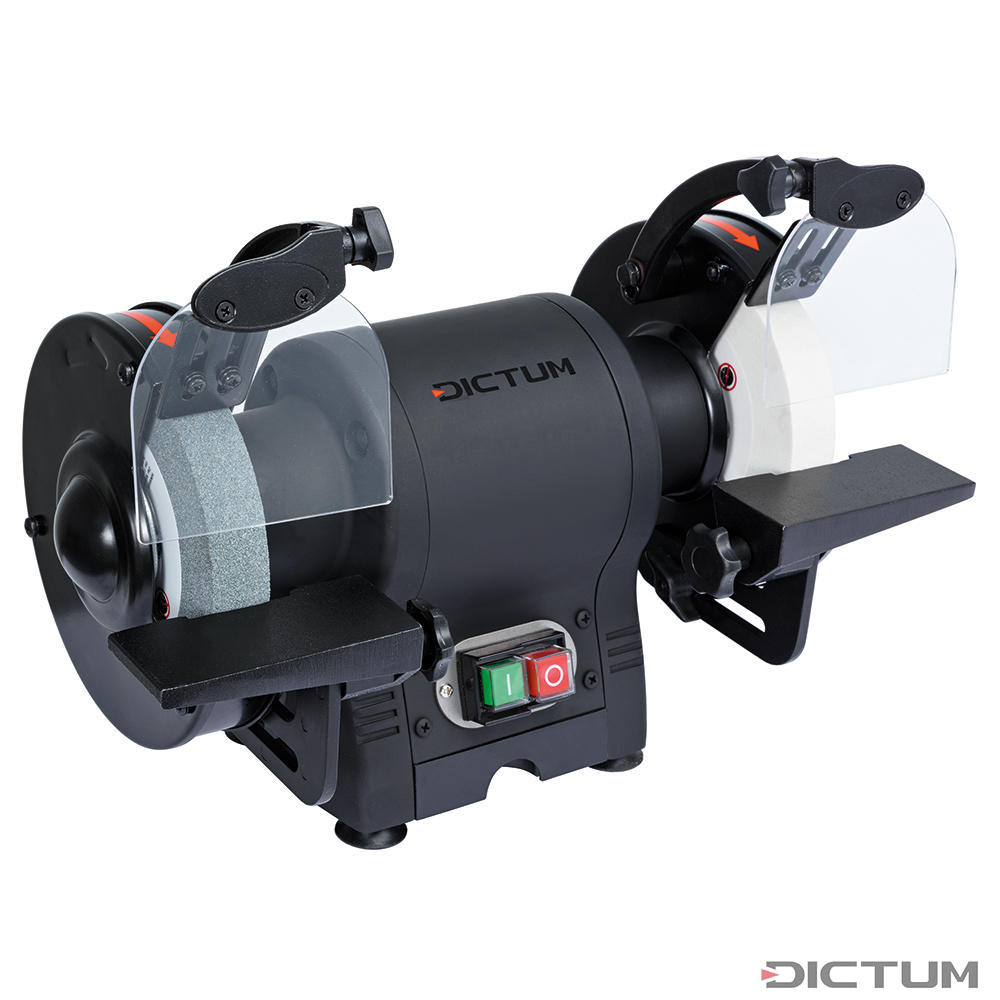
Sharpening machines
Sharpening machines can facilitate the sharpening process by removing material quickly and precisely using guides. They are available with a variety of different Grinding stones or Sanding belts that are suitable for different materials. Frequently used machines include the DICTUM double grinder, the Tormek wet sharpening machine or the ProEdge grinder from Sorby.
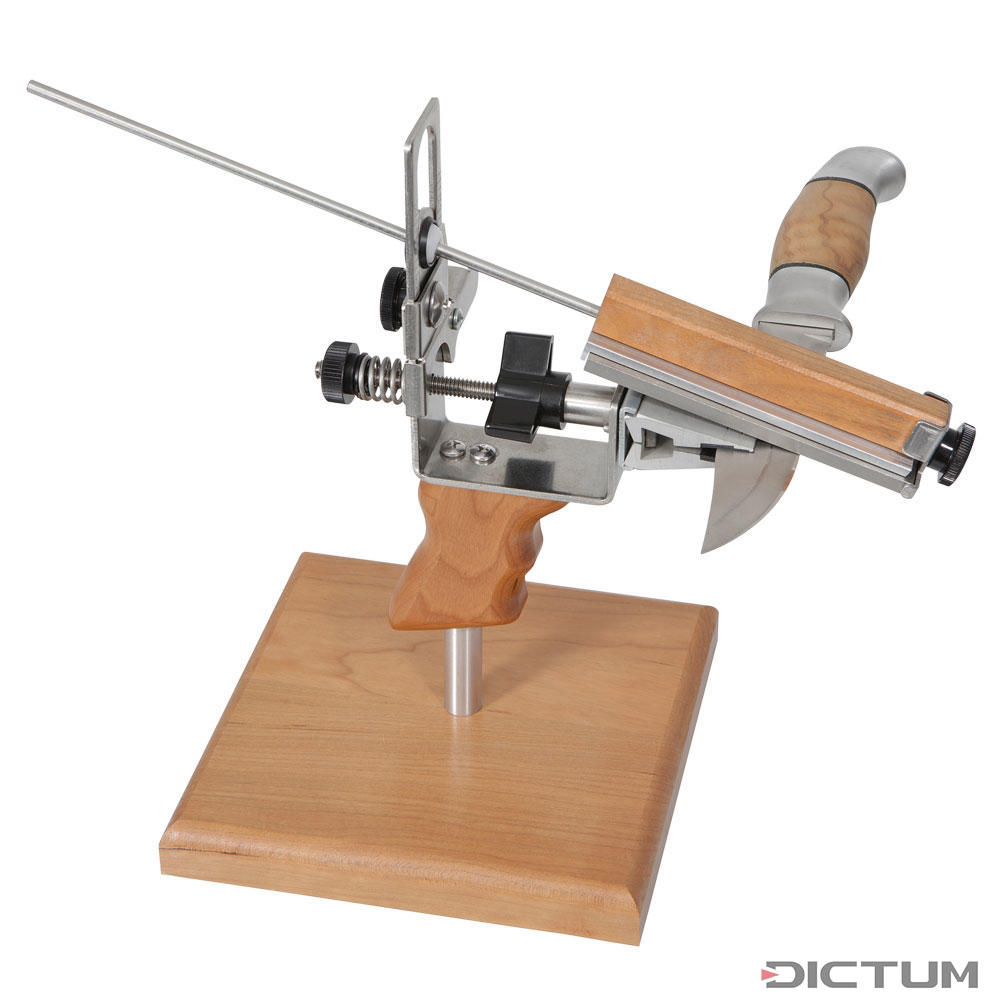
Abrasive-guided sharpening systems
Abrasive-guided sharpening systems use fixed guides to keep the Grinding angle of the blade constant. These systems are particularly suitable for all types of knives.
DICTUM stands for high-quality tools and lasting pleasure in their use. The sharpness of the cutting edges is tested on all products before Bit holder. We also offer sharpening courses - on site or online - that make it easier to get started with sharpening.
You can find comprehensive information and numerous professional tips in our free sharpening guide and on this website.
And if you get stuck, our sharpening service is available in the DICTUM shops in Munich and Plattling! Our sharpening experts will sharpen your blade by hand on water stones. This blade-friendly process guarantees perfect results!

























